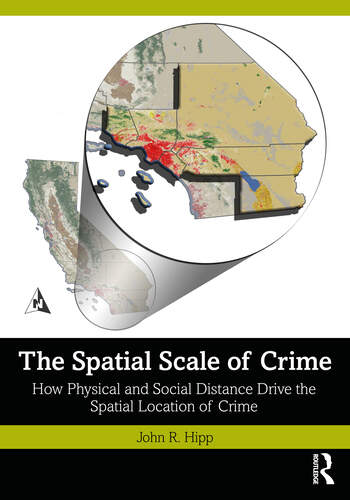A recent publication by lab directors Kubrin and Hipp, and alum Iris Luo explores the nonlinear relationship between immigrant concentration and crime. Consistent with much existing research generally finding that the presence of more immigrants in neighborhoods is associated with lower crime rates, this study using data from neighborhoods across the U.S. in the new National Incident Crime Study (NICS) found not only a negative relationship, but that it was nonlinear. One notable finding was that at higher concentrations of immigrants, the robbery rate begins increasing; however, this pattern was not found for any other types of crime. Given the results from earlier research showing that immigrants can be targets for this type of crime given that they are more likely to be carrying cash, the evidence seems to point towards their greater victimization in these circumstances. Additional tests in the paper came to the same conclusion that victimization is what characterizes the unique robbery results. The paper is now published in the British Journal of Criminology and can be found here: “Immigration and Crime: Is the Relationship Nonlinear?”
The graphs below show the difference in results for aggravated assault and robbery, highlighting the likelihood of increased victimization in high immigrant concentration neighborhoods.




